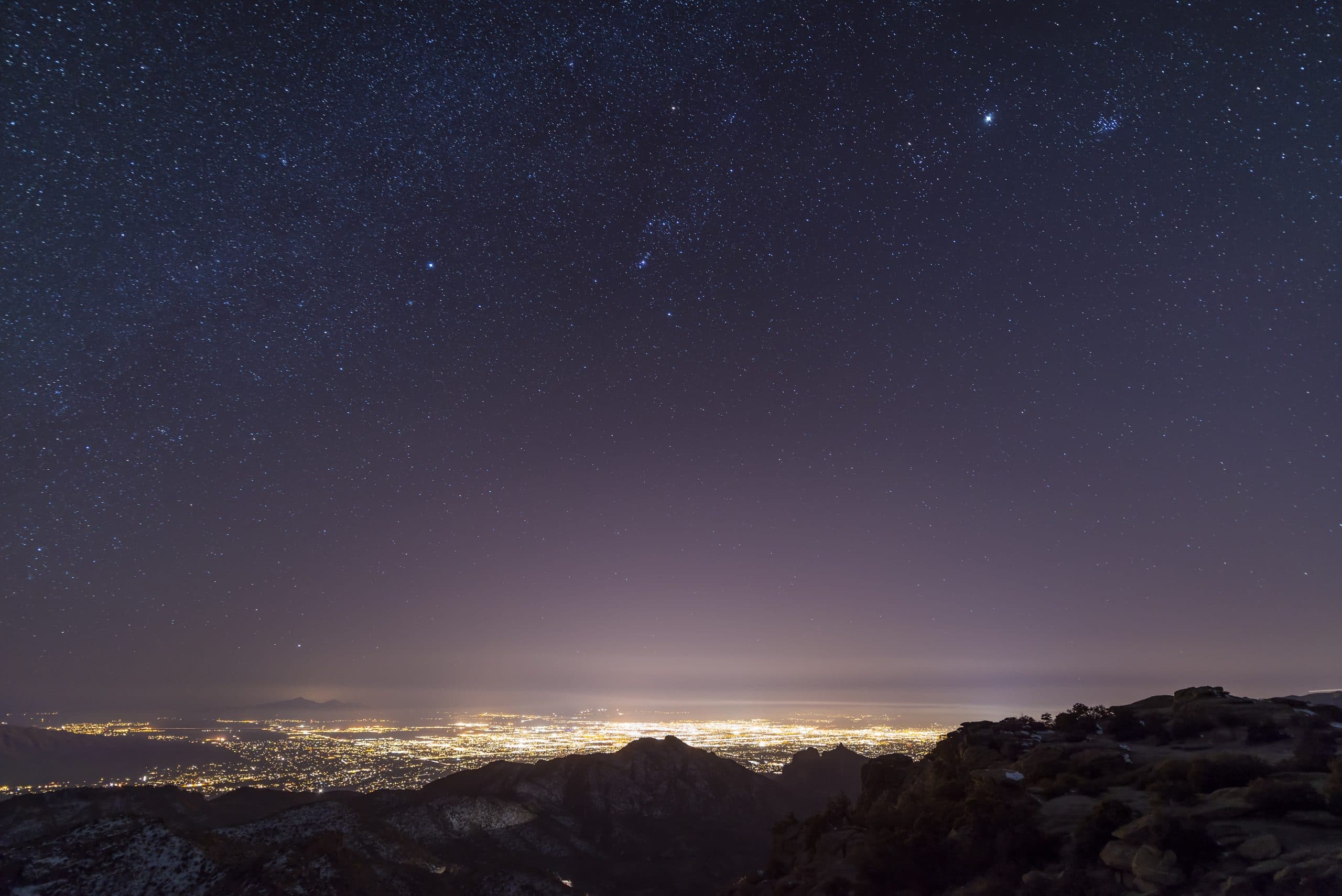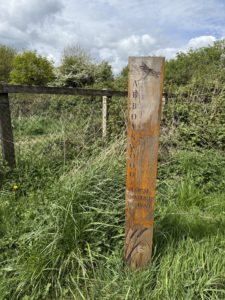As we approach International Dark-Sky Week 2020, we’re taking a look at light pollution and what we – as a society – can do to combat it.
International Dark-Sky Week (which this year runs from Sunday, April 19 to Sunday, April 26) was created in 2003 by high school student Jennifer Barlow. Since then, it was evolved into a worldwide event and is now a core part of Global Astronomy month.
The idea behind International Dark-Sky Week is to show the world the beauty and power of the night sky without the effects of light pollution. In doing this, it strives to get the world taking notice of the major problems brought about by light pollution, and the simple ways in which we can all help to mitigate them.
And as a business pretty much obsessed with paving the way for a more sustainable, eco-conscious world, we’re entirely on board with it.
There are a huge range of light pollution causes and they fall into different categories.
In its most roundabout form, light pollution is “excessive, misdirected or obtrusive artificial (usually outdoor) light.”
This can be broken down into:
- Light trespass
- Over-illumination
- Glare
- Light clutter
- Sky glow
Often a source will find itself in more than one of these categories, heightening its negative effects.
Common contributors to light pollution include:
- Street lamps
- Advertising signs
- Skyscrapers
- Factories
- Offices
- Building interior and exterior lighting
- Sporting venues
Essentially, it is a huge side effect of a forever growing industrial civilization.
But what are the light pollution effects on our environment? Are they really that bad?
In one word: yes.
Lighting contributes to at least a quarter of all electricity consumption worldwide. This over-use of lighting leads to energy wastage, which results in a waste in cost and carbon footprint.
In addition, the loss of a truly dark night sky has a major impact on wildlife and ecosystems. Excessive light is harmful to nocturnal animals whose life cycles depend on the dark, as well as having a frightening influence on plant and animal physiology.
Plus, by blocking the ebb and flow that comes with natural light levels, we’re bringing about adverse health effects on our own species. The production of melatonin that is regulated by natural body cycles connected to light and dark (aka, day and night) is disrupted when light pollution comes into play. Less melatonin means more sleep disorders and other health issues, including headaches, fatigue, anxiety and stress. And let’s face it, we don’t need any more excuses to amp up those issues, do we?
What do we have to do to create a sky without light pollution?
It isn’t all doom and gloom. There are things every single one of us can do to limit our contribution to light pollution.
These tasks can be as simple as “switching off” – making sure you only have lights on when absolutely necessary – to installing motion sensors on your outdoor lights. You can also minimise your use of decorative lights (candles create more atmosphere anyway..!) and switch to energy efficient and low hanging bulbs.
Using coloured lights (such as those in yellow, red or amber) will also reduce the negative effects of lighting at night time as they are anti-glare. Whatever you choose, you should always opt for the low-glare alternative; there’s an abundance of products in the market offering sky-friendly outdoor lightning.
But one of the best things you can do? Keep educating yourself! There’s a wealth of information out there about the steps we can take as individuals and an entire society to protect the night sky. And what better a time to start than International Dark-Sky Week?




















